1995 – it was the best of times; it was the worst of times. While the peak era of action movies was beginning to wane, multiplexes were still packed with decent action films, and icons like Arnold Schwarzenegger and Sylvester Stallone were still packing them in. Meanwhile, second-tier action heroes like Steven Seagal and Jean-Claude Van Damme still tried to punch their way onto the A-list. It would never quite happen for those two, with both starring in direct-to-video movies by the decade’s end. But 1995 was arguably the last year in the nineties when Stallone and Schwarzenegger were at the top of their game. Schwarzenegger’s career would only really falter at the end of the decade, with him never really able to recapture his former box office glory following his run as the Governor of California. Stallone would be luckier, with him able to reinvent himself in the mid-2000s by revisiting his two most popular characters, Rocky and Rambo.
But, 1995 would mark the beginning of a bad stretch for Sly, to the point that, for a while, his movies such as Eye See You and Avenging Angelo started going straight to video. What happened? There are many reasons, but one had to be the shift in action movies being made. Stallone and Schwarzenegger’s muscled breed of action heroes was gradually replaced by more down-to-earth heroes, such as the ones played by Nicolas Cage in his run of Jerry Bruckheimer movies. But, there was another kind of hero on the rise – superheroes.
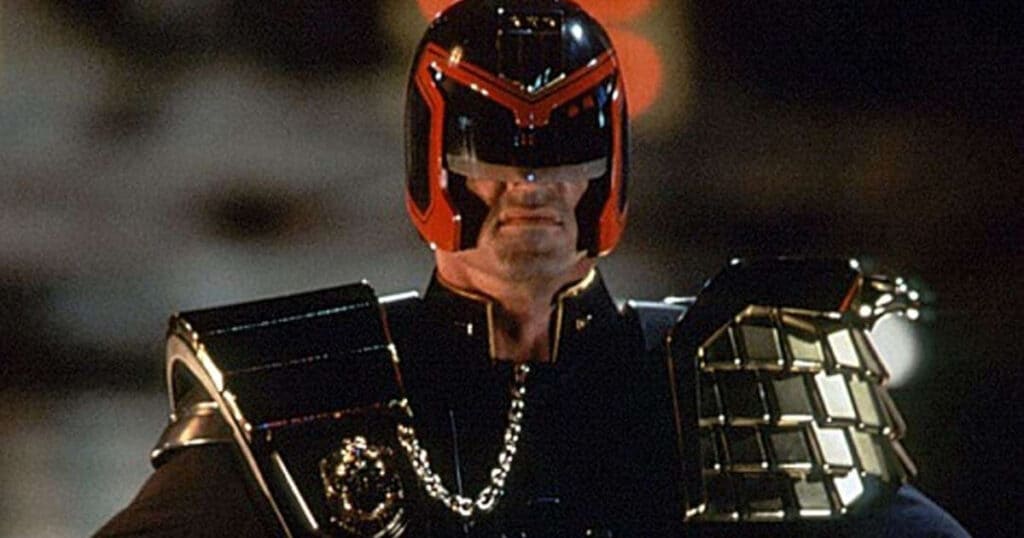
If you can’t fight ’em, join ’em. That must have been what was on Stallone’s mind when he signed on to star in Judge Dredd. While the era of superheroes hadn’t yet peaked, Hollywood was starting to take notice. Batman was a major hit in 1989, and so were its sequels. The third film, Batman Forever, would beat Judge Dredd to theaters earlier in the summer of 1995. What’s interesting is how Hollywood, at the time, could never come to terms with DC or Marvel for major films based on major characters. When superhero films were made – outside of the Batman series – they would be based on pulp properties like The Shadow or The Phantom – both of which were expensive flops.
Judge Dredd, of course, would be based on the British comic 2000 A.D. The character was a major success, and soon the idea was hatched to turn the series into a major film. After all, Robocop, a character not dissimilar from Judge Dredd, became a significant franchise for Orion. However, no Hollywood star would do what they should have done to be faithful to the comic – mainly wear the helmet throughout the film. Even in the Robocop movies, Peter Weller gets out of the helmet for long stretches. When Stallone signed on to play the role, not only was Dredd’s time in the helmet cut down, but he barely wore it after the opening action sequence.
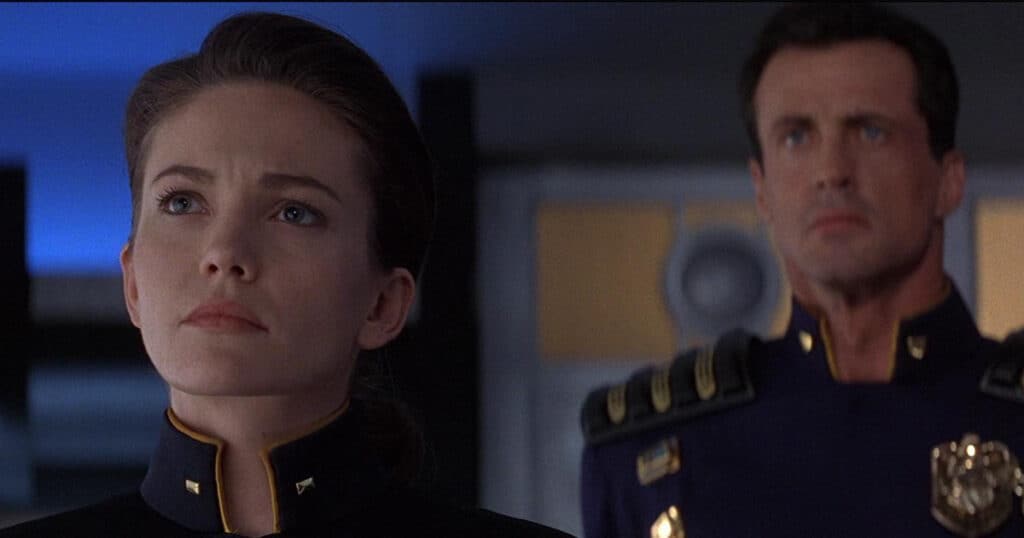
Oddly, the film’s premise would be almost identical to Stallone’s earlier hit Tango & Cash, where Dredd would be accused of a crime he didn’t commit and sent to jail. This time, instead of staying locked up, Dredd escapes and spends most of the film roaming “The Cursed Earth” wasteland surrounding his home, Mega City One. The antagonist would be right out of the comics, and his relationship with Dredd is about the only thing the movie carried over from the comics. Dredd and his brother, Rico, are clones, but when Dredd dedicates his life to the law, Rico becomes bad, is sent to prison, and escapes years later to wreak havoc.
Now, Judge Dredd is widely considered one of Stallone’s worst movies. Sly himself dismisses it in interviews, and the director, Danny Cannon, was so miserable making the movie he swore never to work with a significant star again and, indeed, has had a wildly successful career on tv, serving as an EP for the CSI Franchise, even directing the pilot of the original show. Suffice it to say, he is not a happy camper, and the script by action veterans Steven E. DeSouza and William Wisher Jr makes the movie appear like a poor imitation of Demolition Man. Unlike that film, the satire, which is shoehorned in, has no bite, and the film becomes utterly reliant on Rob Schneider as Fergie, Dredd’s comic relief sidekick. Schneider was also in Demolition Man but in a much smaller role.
The supporting cast is good but largely wasted. The film was reworked into a buddy comedy at the last moment, and Fergie originally died in the first cut of the film, only to be given a reprieve in reshoots. Diane Lane plays Dredd’s protege and love interest, Judge Hershey, but gets little to do, although she does get a great oneliner during her fight with Joan Chen (“that’s Judge Bitch to you”). Max Von Sydow plays Dredd’s mentor, who exists only to die in the second act, while Jurgen Prochnow is the secondary baddie.
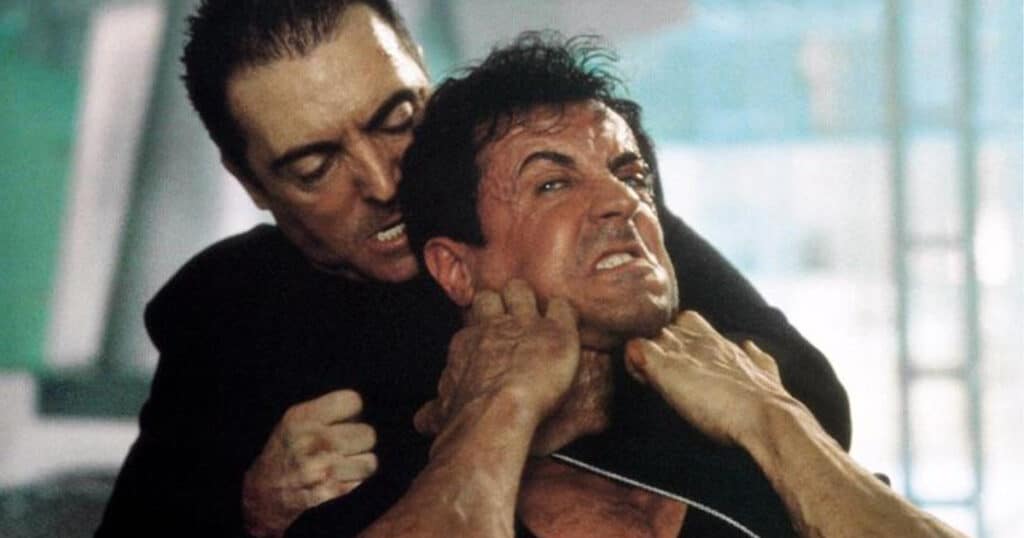
What makes Judge Dredd worth watching is the guy they got to play Dredd’s evil brother, Rico, Armand Assante. He and Sly had worked together before on Paradise Alley, and at the time, his career was doing pretty well, with him coming off The Mambo Kings and a few other solid roles. As Rico, he does a full-on Stallone impersonation, and watching him do “Evil Sly” is a ton of fun. He saves the movie as Sly’s performance is all over the place. He’s trying to play Dredd as a quasi-spoof, but at times his performance contradicts the film, as he plays too many scenes with genuine pathos. He also looks strange with blue contacts in. It’s a peculiar role for him, and he doesn’t look like he’s having much fun. The film is only saved by a jaunty pace, good production design and those crazy Judge uniforms by Versace. The film itself is ragged and episodic, with perhaps the best action beat coming midway through the movie when Dredd and Fergie run afoul of some cannibals. The movie was recut at the eleventh hour to get an R-rating. Hollywood Pictures, the subsidiary of Disney producing the film, tried to cut it to a PG-13 to go for the Batman crowd for a while.
One can see why they might have done this, as the box office for Judge Dredd was a disaster. It was an expensive tentpole movie with a budget in the $85 million range, and it only grossed $34.7 million domestically – a nightmarish gross. It did pretty well overseas, but it seriously dented Stallone’s reputation as a box office draw, and it would be the first of three pricey flops that, for a time, put his career in jeopardy.
In hindsight, Stallone has always said that the movie failed to be too serious. Many claimed the film was too jokey as it was, but to Stallone, it should have been more satirical. Whatever the case, Alex Garland, starring Karl Urban, made a more faithful adaptation of the character. Still, it also was a box office flop, so perhaps something about the character leaves audiences cold. Judge Dredd ranks as one of Stallone’s worst action movies of the nineties, but like a few others in this series, it semi-works as a time capsule, thanks to the over-the-top sets, costumes, and the brit-pop soundtrack that includes music from The Cure, The The, Leftfield and more. It’s not especially good, but it’s watchable.







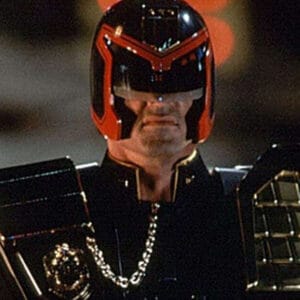
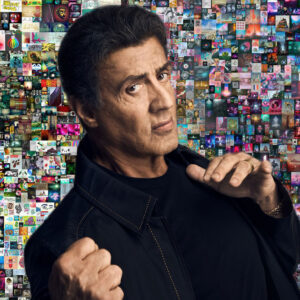
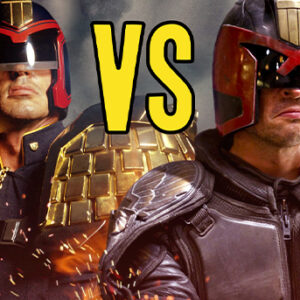







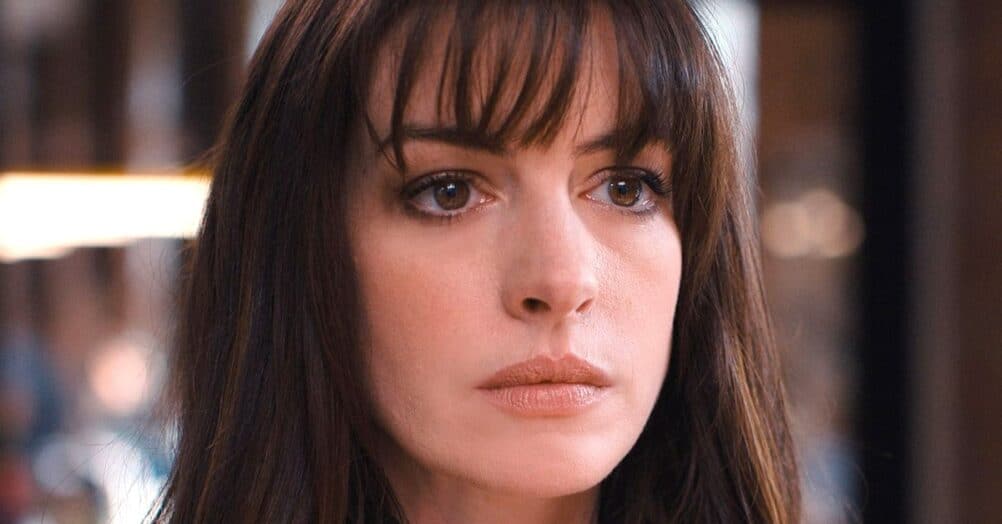


Follow the JOBLO MOVIE NETWORK
Follow us on YOUTUBE
Follow ARROW IN THE HEAD
Follow AITH on YOUTUBE